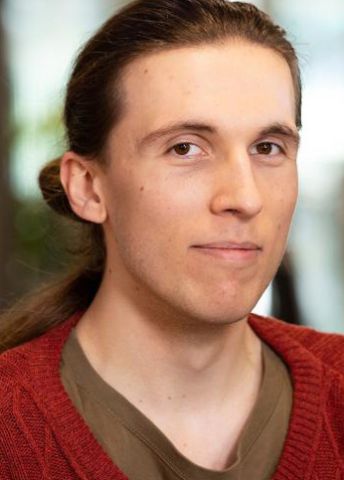
Program for mathematics 2025
Grant to a post-doctoral position abroad
Mateusz Stroinski
Uppsala University
Postdoc at University of Hamburg, Germany
Grant to a post-doctoral position abroad
Mateusz Stroinski
Uppsala University
Postdoc at University of Hamburg, Germany
Mathematics at a higher level of abstraction
Mateusz Stroinski will receive his doctoral degree in mathematics from Uppsala University in 2025. Thanks to a grant from the Knut and Alice Wallenberg Foundation, he will hold a postdoctoral position with Professor Christoph Schweigert, University of Hamburg, Germany.
The higher representation theory aims to extend classical mathematical theories, by studying their higher-order structure. One way of explaining the concept of representation theory is to explore the Rubik’s Cube. The idea is that everything about the cube can be understood by studying all the ways it can be turned. Altogether, this is called the cube’s symmetry group. The cube itself is a representation of this group.
In the early twentieth century, the pioneers of representation theory, Issai Schur and Emmy Noether, realised that many mathematical objects can be studied very effectively through their symmetry groups and representations. This perspective laid the foundation for the development of the standard model of particle physics and has also been fruitful in many other fields, such as theoretical physics, chemistry, computer science and programming, in addition to mathematics.
Another way to think about the Rubik’s Cube is to create a directed graph whose nodes are the different colourings of the cube, and the arrows are the twists between them. The graph and all its arrows form a category. Category theory emerged as a breakthrough in the middle of the twentieth century. It is now an independent field that is attempting to abstract mathematical theories in terms of categories, independently of what their objects and arrows represent. By formulating mathematics at a more abstract level, a common structure behind otherwise apparently unrelated subfields can be revealed.
The aim of this project is to further develop higher representation theory by generalising classical representation theory concepts, ideas and techniques. At the same time, the ambition is to develop techniques for solving interesting and important problems for certain categories within representation theory and mathematical physics.